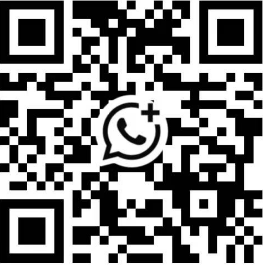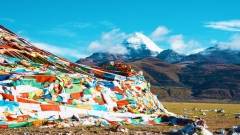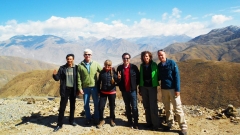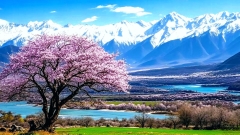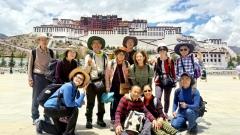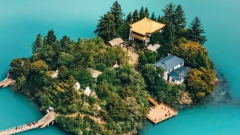Embarking on a self‑drive journey to Everest Base Camp (EBC) in Tibet ranks among the world’s most exhilarating road adventures. In recent years, improved infrastructure and streamlined permit processes have opened Tibet’s high‑altitude highways to overseas tourists, making the dream of driving to EBC a reality. In this comprehensive guide, you’ll discover everything you need to know—from logistics and road conditions to essential regulations and insider tips—to plan a safe, seamless, and unforgettable self‑drive expedition to the roof of the world.
Why Choose a Self‑Drive Tour to Everest Base Camp?
- Unmatched Flexibility
Driving yourself lets you set your own pace. Whether you want a sunrise shoot at Yamdrok Lake or an impromptu picnic by the Karola Glacier, you control the itinerary. - Immersive Exploration
The ability to stop at remote vantage points and hidden monasteries transforms the journey from mere transit into a truly immersive cultural and natural exploration. - Scenic Diversity
From Lhasa’s spiritual heart to the rugged plains of Tingri and the dramatic approaches to the Himalayan crest, the changing landscapes reward every mile behind the wheel.
However, self‑driving requires confidence with high‑altitude mountain driving and a willingness to adapt to variable road conditions. If you prefer a more relaxed ride, hiring a vehicle with a local driver and guide remains an excellent alternative—especially for first‑time Tibet visitors.
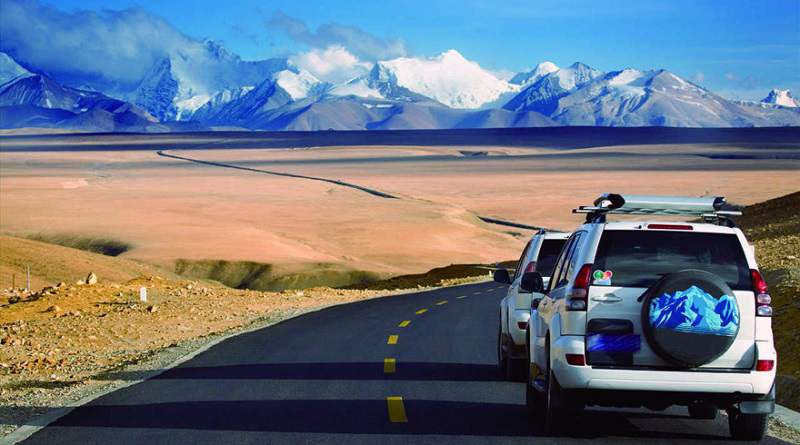
Permits, Documentation, and Vehicle Options
1. Tibet Travel Permit & Chinese Driver’s License
- Tibet Travel Permit: Mandatory for all foreign tourists.
- Chinese Driver’s License: Foreign licenses are not recognized in Tibet. The process is straightforward: submit your valid domestic license alongside your passport and visa on arrival in Lhasa, and local authorities will issue a temporary Chinese driver’s license.
Your tour operator—such as China Dragon Travel—will handle permit applications with the Tibet Tourism Bureau and facilitate the license conversion so you can focus on preparing your gear.
2. Vehicle Selection
Operators typically provide a fleet of 4×4 SUVs (e.g., Toyota Land Cruiser or similar) that combine off‑road capability with cabin comfort—an essential balance for long drives over high passes and gravel sections. Vehicles come with a full quality guarantee, regular maintenance, and insurance coverage.
Route Overview and Timing of EBC Self-Driving Tour
1. From Lhasa to Everest Base Camp
- Distance: ~600 km (373 mi)
- Recommended Duration: 4 days (minimum 2 days driving time, plus acclimatization and sightseeing)
Key Attractions
- Yamdrok Lake (4,441 m): One of Tibet’s three holy lakes, offering crystal‑clear turquoise waters framed by snow‑capped peaks.
- Karola Glacier (5,045 m): A dramatic snout of ice spilling onto the Tibetan plateau.
- Gyantse (3,977 m): Home to the historic Pelkor Chode Monastery and the imposing Kumbum Stupa.
- Shigatse (3,840 m): Tibet’s second‑largest city, site of Tashi Lhunpo Monastery—the traditional seat of the Panchen Lama.
- Tingri (4,350 m): Gateway town to the high Himalaya, with views of Cho Oyu and Everest’s north face.
- Everest Base Camp (5,150 m): The grand finale—park at the eco‑bus station and transfer to a sightseeing coach for the final ascent to EBC.
2. From Kathmandu to Everest Base Camp
- Distance: ~500 km (310 mi)
- Recommended Duration: 2 days (crossing and direct drive)
Key Attractions
- Rasuwagadhi (Nepal border) → Gyirong Port (Tibet border): Smooth customs and immigration transitions.
- Pelku Tso Lake: A serene high‑altitude lake with panoramic views of Mt. Shishapangma (8,027 m).
- Gyirong Valley: Lush river gorge contrasting starkly with the Tibetan plateau beyond.
- Tingri → EBC: Continue as per the Lhasa route.
Road Conditions and Driving Challenges
Well‑Paved Highways
The national and provincial highways from both Lhasa and Kathmandu into Tibet have been upgraded to asphalted standards, ensuring comfortable cruising speeds for most of the journey. Traffic is light, and service stations are available at major stops.
Altitude and Weather Variability
- High Passes: Several passes exceed 4,500 m—be prepared for altitude‑induced performance drop in both vehicle and driver.
- Seasonal Considerations: Optimal driving windows are April–June and September–November. Avoid the monsoon (July–August) when landslides and road washouts can occur.
Zigzag Sections
The final approach to EBC features numerous switchbacks. Drive at reduced speeds (40–60 km/h), maintain a safe following distance, and use engine braking on descents to avoid overheating.
Mandatory Regulations and Safety Rules of EBC Self-Driving Tour
- Speed Limits
- 40 km/h in high‑altitude zones and village approaches
- 60 km/h on most mountain highways
- 80 km/h on select straight stretches
Speed enforcement cameras and police checkpoints are common—adhere strictly to avoid fines.
- Eco‑Bus Transfer at Everest Protected Area
Since August 23, 2023, private vehicles are barred from entering the immediate EBC zone. You must park at the designated eco‑bus terminal in Tingri and board a state‑run sightseeing coach for the last 25 km to Base Camp. After your visit, return by eco‑bus to retrieve your vehicle. - Mandatory Tour Guide Escort
All foreign self‑driving tours must include a licensed Tibetan guide who travels with you. The guide ensures compliance with local regulations, handles communications with authorities, and enriches your journey with cultural insights. - Vehicle Insurance and Equipment Checks
Confirm that your vehicle carries valid third‑party insurance, spare tires, basic repair tools, and high‑altitude emergency kits (oxygen cylinder, first‑aid kit, and thermal blankets).
Insider Tips for a Flawless Self‑Drive Experience
- Acclimatization: Spend at least one night in Lhasa (3,650 m) or Shigatse (3,840 m) before venturing onto higher passes.
- Sun Protection: UV radiation at altitude is intense—pack high‑SPF sunscreen, UV‑blocking sunglasses, and wide‑brim hats.
- Hydration and Snacks: Carry ample water and light, high‑energy snacks (nuts, chocolate, dried fruits) to stave off altitude fatigue.
- Hotel Selection: Opt for accommodations offering secure parking and pre‑book during peak seasons (May–October).
- Weather Alerts: Download a reliable weather app and monitor forecasts daily; be prepared to rearrange your schedule in case of sudden snow or rain.
- Fuel Planning: Fill your tank whenever possible. Major stops like Shigatse and Tingri have fuel stations, but remote stretches between towns may lack services.
Self‑Drive vs. Guided Small‑Group Tour
Self‑Drive:
- Full control over stops and schedule
- Higher per‑vehicle cost; groups of friends/families fare share
- Requires confidence on high‑altitude winding roads
- Relies on guide’s informal commentary
- You decide pacing and rest days
Small‑Group Tour:
- Fixed itinerary with limited detours
- Lower per‑person cost; group size economies
- Local driver handles all driving
- Guide delivers structured cultural narration
- Guide plans itinerary with altitude in mind
Choose self‑drive if you relish independence and have road‑trip expertise. Opt for a small‑group tour to blend cultural immersion with relaxed comfort and shared camaraderie.
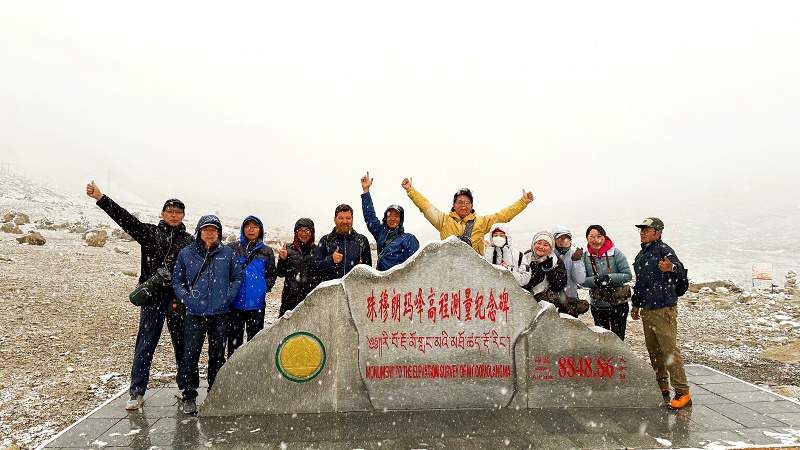
Conclusion & China Dragon Travel Recommendation
Driving to Everest Base Camp via Tibet offers a rare blend of raw adventure, sweeping panoramas, and deep cultural encounters. Whether you navigate the high‑altitude passes yourself or choose to relax in the backseat of a guided SUV, the journey forever transforms your perspective on the world’s highest peaks.
At China Dragon Travel, we specialize in crafting bespoke self‑drive expeditions that handle every logistical detail—from Tibet permits and Chinese driver’s licenses to professionally maintained vehicles and licensed local guides. Contact us today to turn your Everest Base Camp road‑trip dream into an expertly executed reality. A lifetime of memories awaits at the roof of the world!


